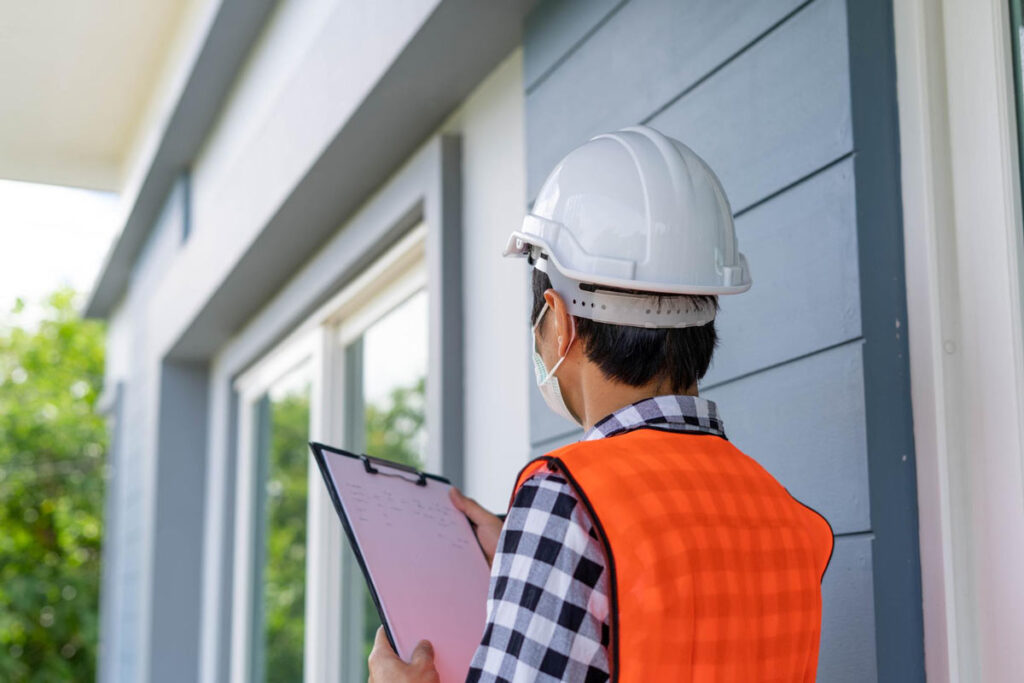FAQ 1: Best Practices for Handling Tenant Maintenance Requests
Handling tenant maintenance requests at a rental property can be a challenging task, but there are best practices you can follow to make the process smoother and more efficient. Here are a few key things to consider when it comes to handling maintenance requests from tenants:
- Respond promptly: When a tenant submits a maintenance request, it’s important to respond quickly. This shows the tenant that you take their concerns seriously and that you are committed to addressing any issues in a timely manner. This builds trust, convinces good renters to stay at your property, and prevents minor damage from becoming major damage.
- Communicate clearly: Clear communication is essential when it comes to maintenance requests. Be sure to let the tenant know when you will be able to address the issue, how long it will take to resolve, and what steps you will be taking to fix the problem.
- Prioritize emergencies: Some maintenance issues, such as a burst pipe or a faulty furnace, are considered emergencies and should be addressed immediately. Be sure to have a system in place for identifying and addressing emergency maintenance requests promptly.
- Keep detailed records: It’s important to keep detailed records of all maintenance requests, including the date the request was submitted, the nature of the problem, and the steps taken to resolve it. This can help you track and manage maintenance issues, and can also provide documentation in case of any disputes.
- Consider using a property management company: If you have multiple rental properties or if you are unable to respond to maintenance requests in a timely manner, consider hiring a property management company. They can handle maintenance requests and other property management tasks on your behalf, allowing you to focus on other aspects of your business.
In conclusion, handling maintenance requests from tenants at a rental property requires prompt response, clear communication, prioritizing emergencies, keeping detailed records, and potentially using a property management company. By following these best practices, you can effectively address maintenance issues and maintain a positive relationship with your tenants.
FAQ 2: 5 Tips to Prevent Rental Property Damage

As a landlord, it’s important to protect your rental property from damage to maintain its value and avoid costly repairs. This applies both to damage to the rental property by the tenant as well as damage by other sources (like the environment). Here are a few steps you can take to protect your rental property:
- Conduct regular inspections: Regularly inspecting your rental property can help you identify and address any potential issues before they become major problems. Be sure to inspect the property both inside and out, looking for signs of damage or wear and tear.
- Use a written lease agreement: A written lease agreement can help protect your property by outlining the rights and responsibilities of both the landlord and the tenant. Be sure to include clauses that outline what is expected of the tenant in terms of maintaining the property and addressing any damage. Normal wear and tear and damage to the rental property by a tenant – say, by uncleaned animal messes – are two very different things.
- Require a security deposit: A security deposit can provide financial protection in case of damage to the property. Be sure to follow your state’s laws regarding security deposits and make sure they are properly documented and held in a separate account.
- Make necessary repairs promptly: If you become aware of any damage to the property, it’s important to address it promptly. Ignoring small issues can often lead to larger, more expensive problems down the road.
- Provide clear instructions: Before a tenant moves in, provide them with clear instructions on how to properly care for the property. This can include information on how to properly use appliances, how to handle maintenance issues, and what to do in case of an emergency.
In conclusion, protecting your rental property from damage, especially damage to the rental property by a tenant, requires regular inspections, a written lease agreement, a security deposit, prompt repairs, and clear instructions for the tenant. By taking these steps, you can help ensure that your property stays in good condition and maintains its value.


